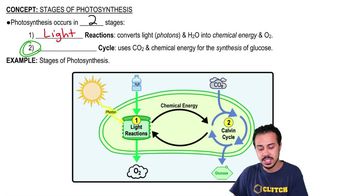NAME IT Identify the structures of this eukaryote, which has an affinity for keratin.
<IMAGE>
 Tortora 14th Edition
Tortora 14th Edition Ch. 14+15 - Principles of Disease and Epidemiology | Microbial Mechanisms of Pathogenicity
Ch. 14+15 - Principles of Disease and Epidemiology | Microbial Mechanisms of Pathogenicity Problem 12.7a
Problem 12.7a Verified step by step guidance
Verified step by step guidance



NAME IT Identify the structures of this eukaryote, which has an affinity for keratin.
<IMAGE>
Use the following choices to answer questions 2 and 3:
1. metacercaria
2. redia
3. adult
4. miracidium
5. cercaria
If a snail is the first intermediate host of a parasite with these stages, which stage would be found in the snail?
a. 1
b. 2
c. 3
d. 4
e. 5
Briefly discuss the importance of lichens in nature. Briefly discuss the importance of algae in nature.
The definitive host for Plasmodium vivax is
a. human.
b. Anopheles.
c. a sporocyte.
d. a gametocyte.
By what means are helminthic parasites transmitted to humans?
Differentiate the terms in each of the following pairs:
a. etiology and pathogenesis
b. infection and disease
c. communicable disease and noncommunicable disease